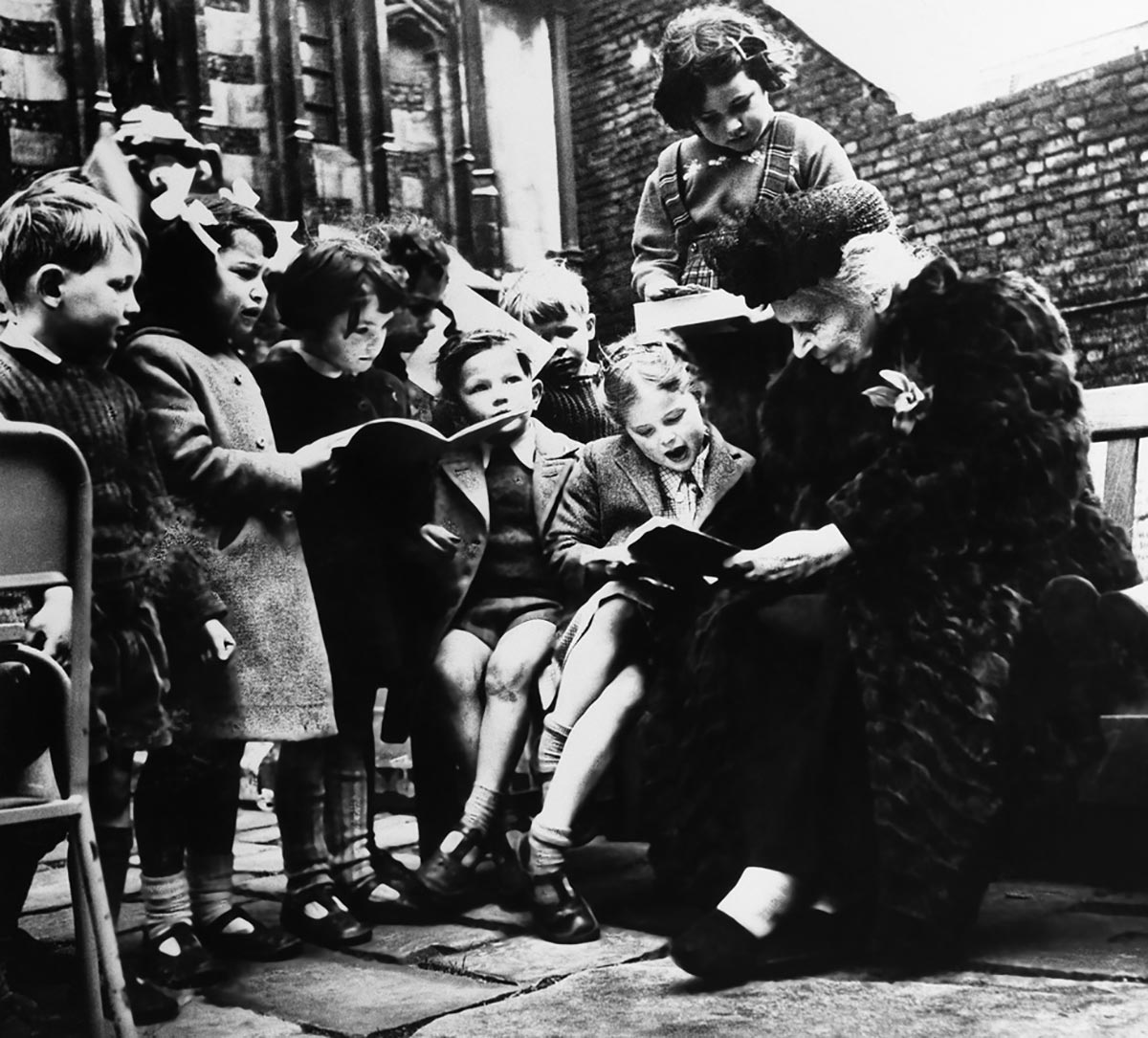Preservation Digitisation Standards
This document provides the standards for the digitisation of physical records to ensure the preservation, security and usage of data in accordance with AMI’s digital repository policy and digital preservation guidelines.
The aim is to provide a digitised replication (a digital surrogate) of the physical records for long-term preservation and sharing.
The following table lists the ideal digitisation standards with an understanding that minimum acceptable standards will also be adopted as needed for the digitisation of older, lower-quality audio or video materials. AMI will also rely on the advice of external digital preservation contractors after they have examined the analogue originals and made recommendations for the best preservation formats.
These standards have been researched and developed in line with best international practice and prescribe the technical requirements, including preservation formats for paper-based text, images and audio-visuals. These standards should be reviewed on an annual basis to ensure that they remain in line with the standards of other international institutions.
Preservation digitisation reduces the physical wear and tear on fragile records and is an effective tool to preserve records at risk of being lost if they are held on unstable media or subject to technological obsolescence. Digitisation also allows for these records to be accessible to a wider, global audience and ensures that they are available in perpetuity.
The digital reproduction will:
• capture a complete, accurate record of physical records.
• be preserved and accessible into the future.
• enable the reuse of the digitised content to meet future access requirements.
• minimise the physical wear and tear caused by handling fragile materials.
In accordance with international standards, TIFF is the preservation file format for all non-audio-visual records, with JPEG and PDF file formats created for derivative versions for optional access and usage.
For newly generated creative works and born digital materials we aim to follow the Library of Congress Recommended Formats Statement. These standards identify hierarchies of the physical and technical characteristics of creative formats, both analogue and digital, which will best meet the needs of all concerned, maximising the chances for survival and continued accessibility of creative content well into the future.
References:
https://www.ala.org/alcts/resources/preserv/minimum-digitization-capture-recommendations
https://siarchives.si.edu/what-we-do/digital-curation/recommended-preservation-formats-electronic-records
https://www.loc.gov/preservation/resources/rfs/TOC.html
https://www.naa.gov.au/about-us/our-organisation/accountability-and-reporting/archival-policy-and-planning/preservation-digitisation-standards
| Format | File type | Compression | Resolution | Bit depth | Colour space |
|---|---|---|---|---|---|
| Paper documents | TIFF 6.0 | Uncompressed | 400 ppi | 8 bit colour (24 bit) | sRGB or Adobe RGB |
| Paper documents (primarily textual based) | TIFF 6.0 | Uncompressed | 400 ppi | 8 bit colour (24 bit) | Greyscale |
| Rare of significant documents, artwork, posters or large documents with a high level of detail | TIFF 6.0 | Uncompressed | 600 ppi | 16 bit colour (48 bit) | Adobe RGB or ProPhoto RGB |
| Bound volumes | TIFF 6.0 | Uncompressed | 400 ppi | 8 bit colour (24 bit) | sRGB or Adobe RGB |
| Bound volumes (primarily textual based) | TIFF 6.0 | Uncompressed | 400 ppi | 8 bit colour (24 bit) | Greyscale |
| Photographic prints and negatives smaller than A6 (10x15cm) | TIFF 6.0 | Uncompressed | 2,700 ppi | 16 bit colour (48 bit) | Adobe RGB or ProPhoto RGB |
| Photographic prints A6 to A4 (10x15cm to 21x30cm) | TIFF 6.0 | Uncompressed | 900 ppi | 16 bit colour (48 bit) | Adobe RGB or ProPhoto RGB |
| Photographic prints over A4 (over 21x30cm) | TIFF 6.0 | Uncompressed | 600 ppi | 16 bit colour (48 bit) | Adobe RGB or ProPhoto RGB |
| Photographic negatives and transparencies (up to 35mm) | DNG (no cropping) | Uncompressed | 5,000 ppi | 16 bit colour (48 bit) | ProPhoto RGB |
| Photographic negatives and transparencies (up to 6x6cm) | DNG (no cropping) | Uncompressed | 4,000 ppi | 16 bit colour (48 bit) | ProPhoto RGB |
| Photographic negatives and transparencies (6x6cm to 5”x7”) | DNG (no cropping) | Uncompressed | 3,000 ppi | 16 bit colour (48 bit) | ProPhoto RGB |
| Photographic negatives and transparencies (5”x7” up to 8”x10”) | DNG (no cropping) | Uncompressed | 1,600 ppi | 16 bit colour (48 bit) | ProPhoto RGB |
| Microfilm | TIFF 6.0 | Uncompressed | 4,000 ppi | 8 bit | Grey Gamma 2.2 |
| Audio (analogue) | BWF | Encoding: LPCM | Sampling frequency: 96 kHz | 24 bit | Audio channel: same as original, rather than the recorded signal. |
| Audio (digital) | BWF | Encoding: LPCM | Sampling frequency: same as original | same as original | Audio channel: same as original |
| Video[1] (high definition) | MFX OP-1a | MJPEG2000 lossless compression encoding | Frame size and rate: same as original Audio stream: BWF 48 kHz, 16 bit PCM encoding | 10 bit - VBR | Same as original |
| Video (standard definition) | MFX OP-1a | MJPEG2000 lossless compression encoding | Frame size: PAL – 720 x 576, NTSC - 720 x 486 Frame rate: PAL – 25fps, NTSC - 29.97fps Audio stream: BWF 48 kHz, 16 bit PCM encoding | Colour space: YUV Chroma subsampling: 4:2:2
|
[1] For video digitisation the aspect ratio is to be the same as the original, there is accurate sync between audio and video, and that the preservation file copy displays the same interlacing as the original source tape.
